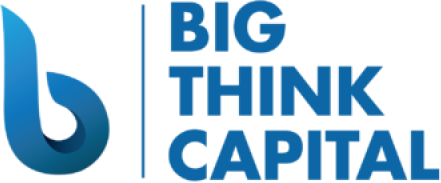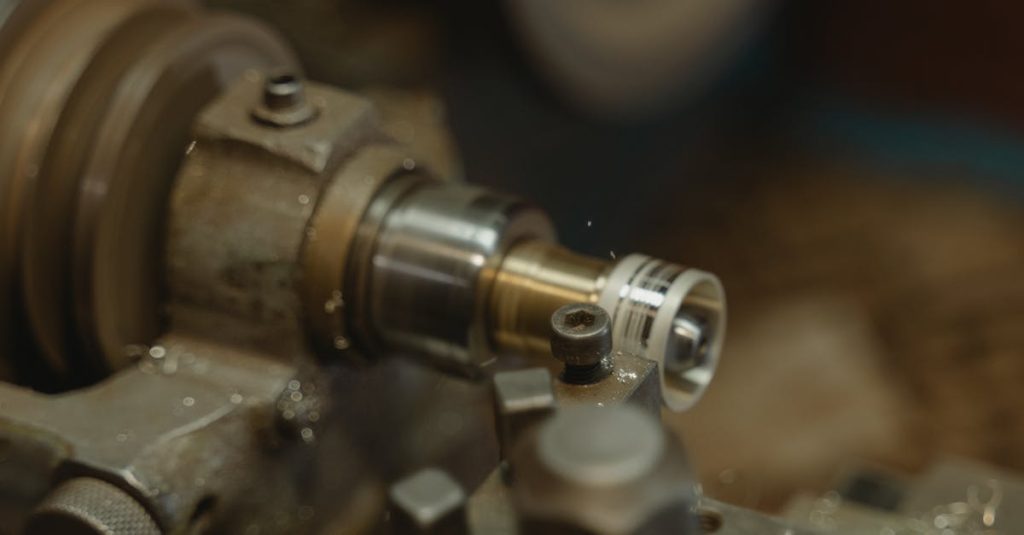Navigating the Complexities of Equipment Financing in a High-Inflation Environment: An Essential Guide for Small Businesses
Estimated reading time: 5 minutes
- Understand the advantages of equipment financing for preserving cash flow and potential tax benefits.
- Compare financing options like SBA loans versus equipment financing to determine the best fit for your business model.
- Stay informed about how the Federal Reserve’s interest rate changes can impact your financing options.
- Implement smart credit management strategies to maintain a healthy business credit score.
- Utilize expert assistance in navigating financing solutions tailored to your unique business needs.
Table of Contents
- Understanding Equipment Financing in Inflationary Times
- Comparing SBA Loans and Equipment Financing
- Effect of the Federal Reserve’s Interest Rates on Equipment Financing
- Smart Ways to Manage Your Business Credit Score in a Volatile Market
- Practical Takeaways for Small Business Owners
- Conclusion
- FAQ
Understanding Equipment Financing in Inflationary Times
Inflation can significantly impact the costs associated with purchasing or leasing equipment. According to the Bureau of Labor Statistics, equipment costs have been on the rise, making effective financing strategies more critical than ever. In a high-inflation environment, small businesses should consider how equipment financing can alleviate some of these financial pressures.
Why Equipment Financing?
- Cash Flow Management: Equipment financing allows businesses to acquire necessary tools while preserving working capital. By spreading payments over time, companies can manage cash flow more effectively.
- Tax Benefits: Financing can provide potential tax deductions under Section 179 of the IRS tax code, allowing businesses to deduct the full purchase price of qualifying equipment.
- Flexibility: Equipment financing can be tailored to suit different financial situations, with options for leasing, loans, or a combination of both.
Comparing SBA Loans and Equipment Financing
When considering how to finance equipment, many small business owners weigh the benefits of SBA loans against specialized equipment financing.
SBA Loans
- Low Interest Rates: SBA loans often come with lower interest rates compared to traditional loans. As of 2025, the average rate for an SBA 7(a) loan can range from 7.5% to 9%.
- Longer Terms: SBA loans typically have longer repayment terms, which can make monthly payments more manageable.
- Use of Funds: Funds from SBA loans can be used for various business purposes, including purchasing equipment, inventory, or working capital.
Equipment Financing
- Quick Approval: Equipment financing can often be processed faster than SBA loans, allowing businesses to access the equipment they need without lengthy approval times.
- Direct Asset Financing: Equipment financing specifically funds the purchase of equipment, making it easier to justify the loan amount based on the asset’s expected cash flow generation.
- Potentially Less Documentation: While SBA loans require exhaustive documentation and a comprehensive application process, equipment financing can have fewer requirements, especially if using the equipment as collateral.
Effect of the Federal Reserve’s Interest Rates on Equipment Financing
In 2025, the Federal Reserve has continued to adjust interest rates in response to inflationary pressures. As of early 2025, the Federal Funds Rate is at a higher level, which directly affects equipment financing options for small businesses.
Current Trends
- Interest Rates: With the Fed raising rates, businesses may find it more expensive to finance new equipment, increasing monthly payments and total costs.
- Impact on Cash Flow: Higher interest rates mean that small businesses need to assess their ability to manage increased expenses while ensuring that new equipment will generate sufficient revenue.
Strategic Approaches
- Fixed vs. Variable Rates: Consider whether to secure fixed-rate financing, which offers consistency in payment obligations, or variable rates that may fluctuate with market conditions.
- Adjusting Payment Terms: If financing costs increase significantly, extending the repayment period may help mitigate cash flow stress.
Smart Ways to Manage Your Business Credit Score in a Volatile Market
Managing your business credit score is crucial during economic fluctuations. A healthy credit score enables access to better financing options and terms, which is particularly important in a high-inflation environment.
Key Strategies
- Timely Payments: Ensure all financial obligations, including loans, leases, and vendor payments, are paid on time. Late payments can adversely affect your credit score.
- Maintain Low Credit Utilization: Ideally, keep your business credit utilization below 30% of your available credit limit. This demonstrates responsible credit management.
- Regularly Check Your Credit Report: Monitoring your credit report helps you identify any inaccuracies that could affect your score. Correcting these issues quickly can preserve your creditworthiness.
Practical Takeaways for Small Business Owners
As a small business owner, navigating equipment financing during challenging economic conditions requires strategic planning:
- Assess Your Needs: Before pursuing financing, evaluate the equipment’s critical role in your business and the potential return on investment.
- Compare Your Options: Conduct a thorough comparison of SBA loans and equipment financing to determine which aligns best with your business goals and financial circumstances.
- Focus on Credit Management: Make proactive choices that will protect your credit score, ensuring that you remain an attractive candidate for favorable financing options.
Conclusion
In a high-inflation environment, equipment financing can provide small businesses the leverage needed to thrive. Understanding the differences between financing options, the implications of interest rate changes, and maintaining a healthy business credit score is essential for making informed financial decisions.
For small business owners looking to explore equipment financing solutions or need assistance with your financing strategy, Big Think Capital is here to help. Our team of funding experts understands the complexities of small business financing and can guide you through the options available to you.
Learn more about how we can assist you by visiting bigthinkcapital.com or contact us today to speak with a funding expert. Your business’s future is important, and we are dedicated to helping you navigate the financing landscape.
FAQ
Q1: What is equipment financing?
Equipment financing is a financial solution that allows businesses to purchase or lease equipment without making an upfront cash payment.
Q2: What are the benefits of equipment financing?
Benefits include preserving cash flow, potential tax deductions, and more flexible financing options.
Q3: How do interest rates affect equipment financing?
Higher interest rates can increase the overall costs of financing equipment, affecting monthly payments and cash flow.
Q4: Can I use equipment financing for used equipment?
Yes, many lenders offer financing for both new and used equipment purchases.
Q5: How can I improve my business credit score?
Maintain timely payments, keep your credit utilization below 30%, and regularly check your credit report for inaccuracies.






